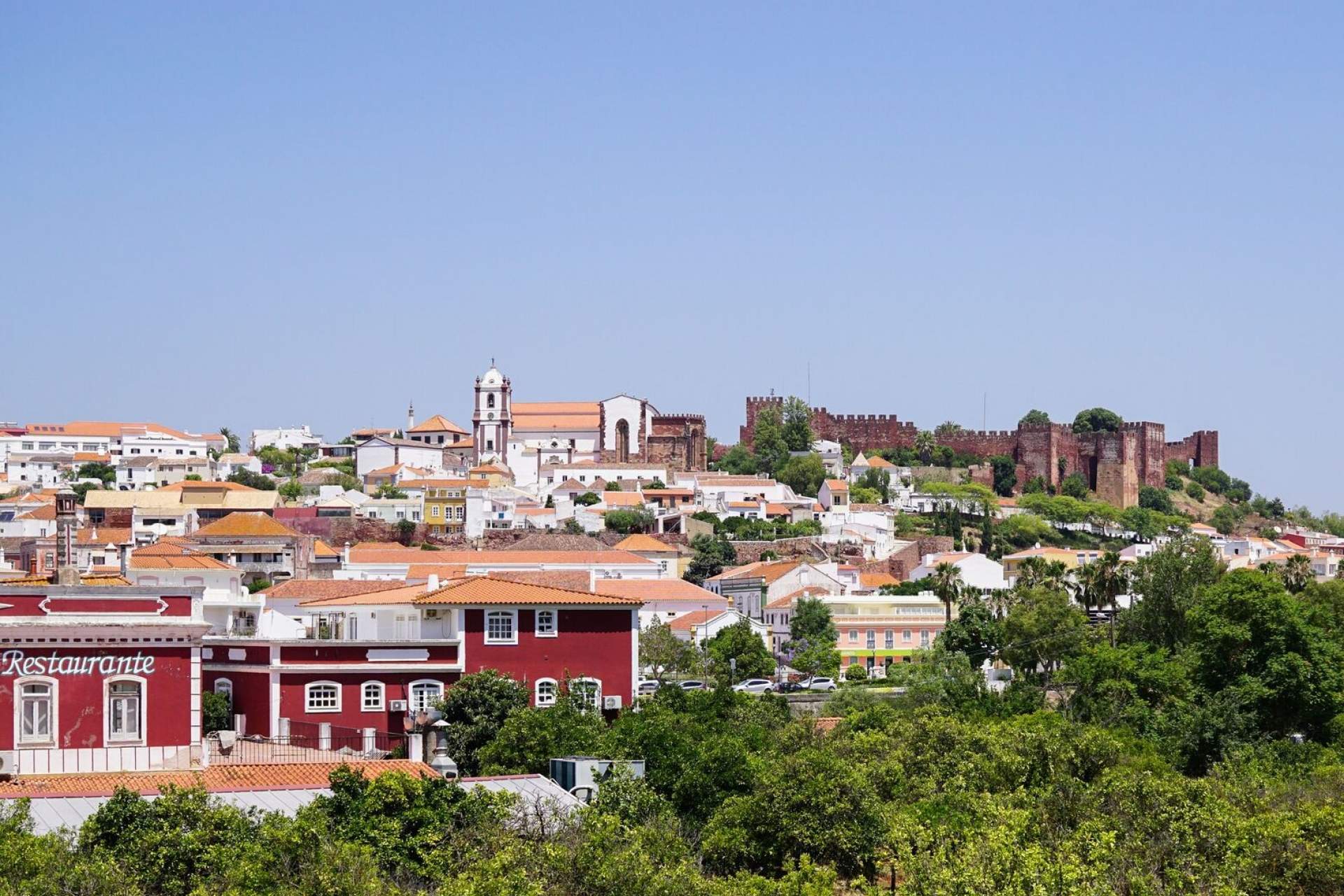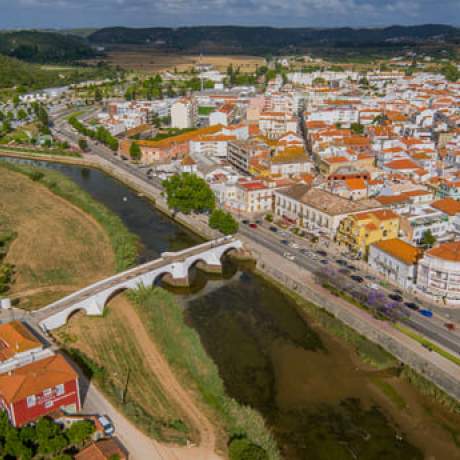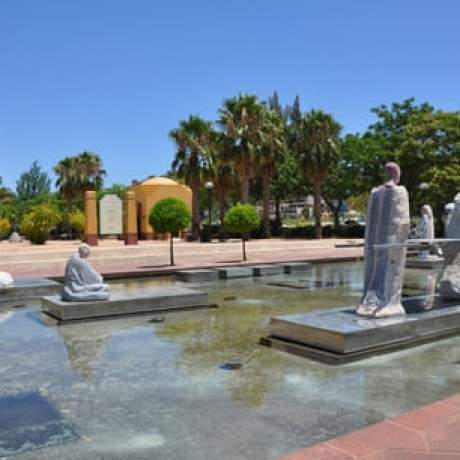
Silves
Born next to the waters of the Arade River, Silves grew along a hill. Of the various peoples who crossed the city, it was the Muslims who left the deepest mark, and the definition of the current urban layout is from this time.
Given the great prominence it has gained as a cultural and political hub of the Gharb Al-Andalus (the name given to the peninsular southwest of Al-Andalus, now the Algarve), several authors, poets and geographers refer to the Islamic Xelb as the most important Muslim city of the Gharb, known as the "Baghdad of the West”. Some of these poems recount the splendour and sumptuousness of its architecture, festivals, music and literary production.
During Islamic rule, it was twice the capital of an independent kingdom. First, in the 11th century, by al-Mutamid, the celebrated poet king, evoked in a square named after him. It was here that, together with Ibn Ammar (a poet from the Algarve who became vizier in Seville), al-Mutamid devoted himself to poetry, music and singing, a period he would later portray in his poem "Evocation to Silves". In the 12th century, Silves would once again become the capital of a Taifa under the rule of Ibn Qasi, a native of the city and an important Sufi political and religious leader, who allied himself with the Portuguese king Afonso Henriques in opposing the Almoravids.
Various traces of this legacy can be seen all over the city, reminding us of the strong imagery of a golden Islamic past.
In the historical centre of the city you can find the Municipal Archaeology Museum of Silves, built around an Almohad cistern-well from the 12th-13th centuries.
After the visit, continue your climb towards the Castle. This National Monument, over a thousand years old, is one of the most important legacies of Islamic military architecture.
Take the opportunity to visit the Islamic Heritage Interpretation Centre, as well as the House of Islamic and Mediterranean Culture, which hosts various cultural initiatives.
Silves was the last bastion of Islamic civilization in Gharb Al-Andalus. In 1189 the Portuguese king Sancho I, aided by a powerful armada of crusaders, conquered Silves after a prolonged siege, but the city returned to Muslim hands two years later. Only in 1242, during the reign of King Afonso III and with the help of the troops of D. Paio Peres Correia, Master of the Order of Santiago, Silves was definitively conquered by Christians.
The entire castle area and the historic centre of Silves (the old medina) have been the subject of archaeological excavations that testify to the existence of an Islamic city of great political, commercial and cultural importance, the setting for the mythical Legend of the Almond Trees Blossom.
To better relive the Muslim presence in the city, be sure to take part in the Silves Medieval Festival, which takes place in August, and which will take you on a veritable journey back in time to the old Islamic city.
Close
Search results for:
No results were found matching your search.
Information available soon.




